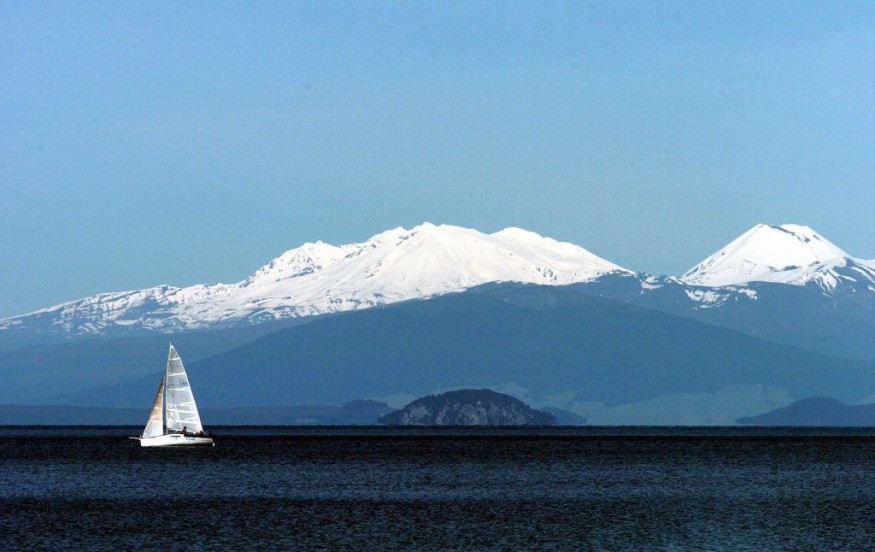Lake Taupo, New Zealand, can only be described as a place of extreme tranquility. Its sky blue waters and picturesque landscape makes it virtually impossible for nature viewers to suspect the dangers are boiling within. Recently, geologists believe unrest has been brewing in the lake's waters.
Lake Taupo Supervolcano Sits Within a Prehistoric Caldera

The largest freshwater lake in Australasia is New Zealand's Lake Taupo. Although it's well-known for its serenity and peacefulness, the lake has had a long, violent origin. Its waters si within a prehistoric caldera which formed during the planet's most recent supereruption 22,600 years ago - the Oruanui eruption.
When magma is released from a supervolcano, the depleted magma vents cave in, the surface sinks, and the landscape changes permanently into a caldera. Over the past 12,000 years, the Taupo volcano has been active 25 times. Its most recent eruption occurred in 232 AD and is described as one of the planet's most explosive eruptions. Since then, the Taupo volcano has had no less than four documented episodes of unrest that caused earthquakes and, in 1922, major ground subsidence.
Researchers analyzed the supervolcano's more recent periods of unrest. In the study published in the journal New Zealand Journal of Geology and Geophysics, titled "Taupō volcano's restless nature revealed by 42 years of deformation surveys, 1979-2021." researchers analyzed up to 42 years of data collected from 22 sites dotted across the lake. The study suggests evidence that the supervolcano is once again rumbling.
Taupo Supervolcano History and Rumbling
Finn Illsley-Kemp, the lead author of the study and a seismologist at the Victoria University of Wellington, explains that in 1979 experts began a novel surveying technique that uses the lake surface to detect minor changes, with four surveys conducted yearly. The technique involves using gauges to measure the vertical displacement of the lake bed.
To ensure the reliability of the data, the gauges were weighted to reduce the impact of waves; several measurements were also taken for each data point to detect the variation and outliers. Also, backup gauges are installed at each site as insurance against disturbances by unseen forces.
At the beginning of the project, the measurements were recorded from manual gauges set up at six stations. Eight more were added between August 1982 and July 1983, during which the value of the measurements began to show.
During the early 1980s, the system detected rising and falling across different sites. Shortly after, a swarm of earthquakes gently shook the region, rupturing several faults that pushed the central Kaiapo fault belt down, causing other areas at the lake's south end to rise.
The 1983 earthquake warms were the first of seven discreet episodes of unrest over the past 35 years. Illsley-Kemp says that the research shows Taupo as an active and dynamic volcano with intimately connected surrounding tectonics. The team believes Taupo will most likely erupt once again over the next thousand years, which is why closely monitoring the unrest periods and shifts are vital, reports ScienceAlert.
RELATED ARTICLE : Hunga Tonga Volcanic Eruption and Tsunami Made The Biggest Atmospheric Explosion on Earth, More Violent Than Krakatoa Volcano
Check out more news and information on Volcanoes in Science Times.










